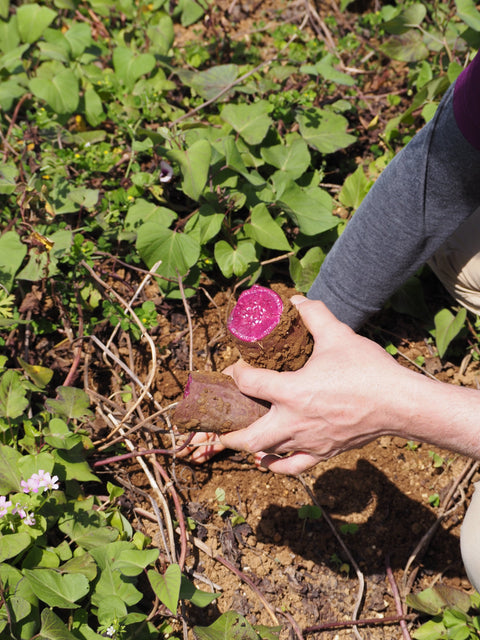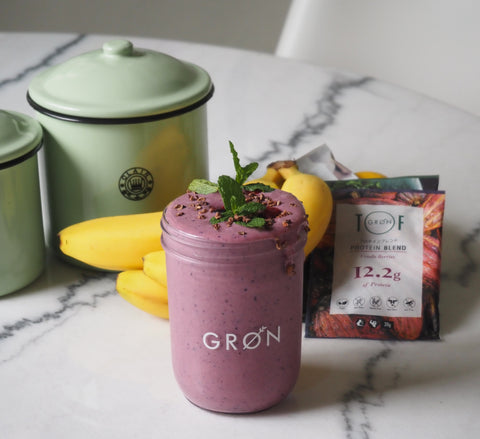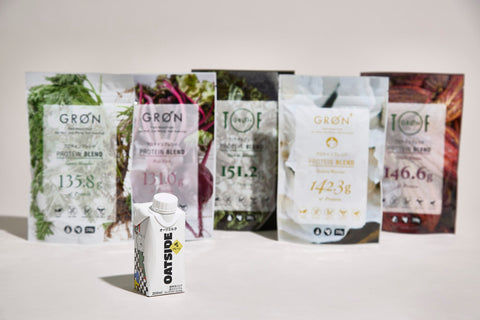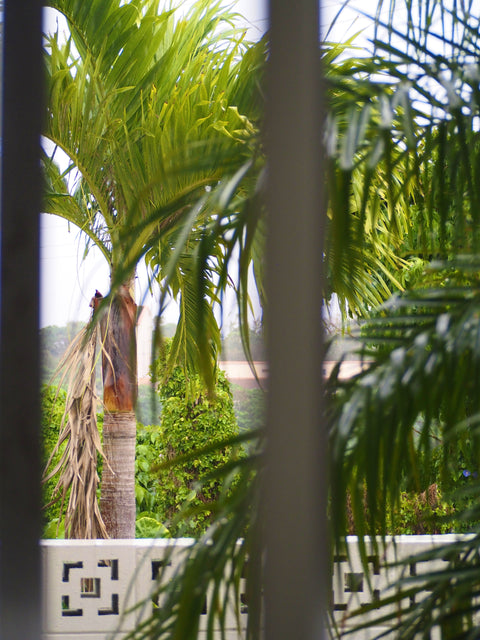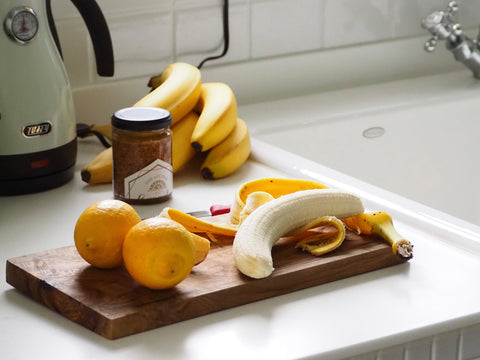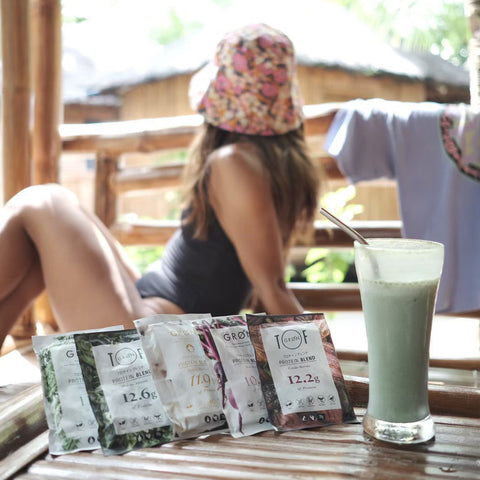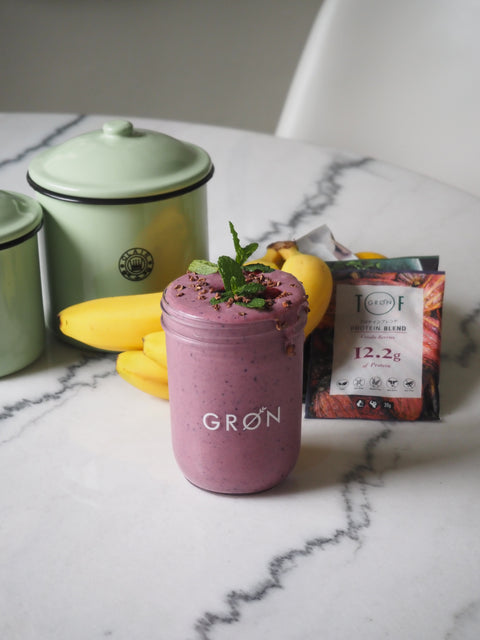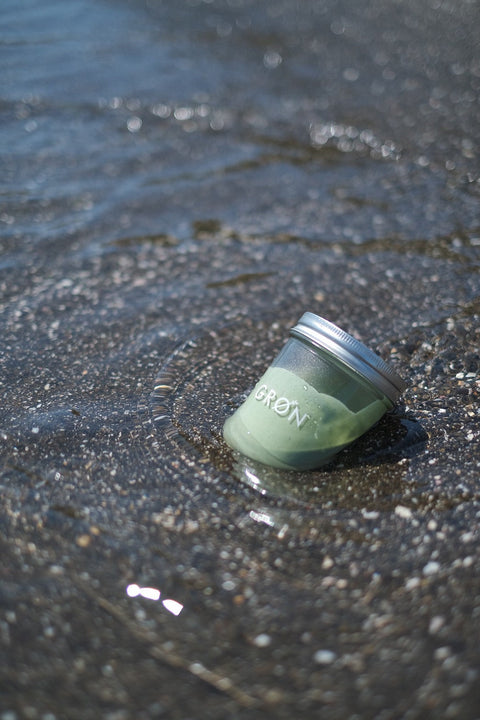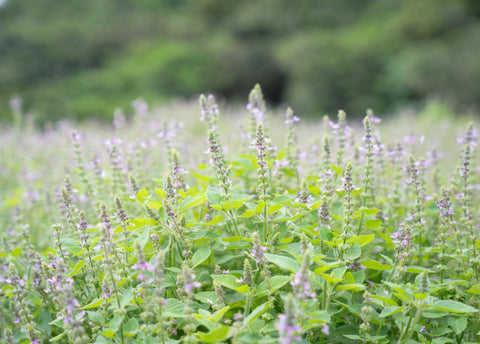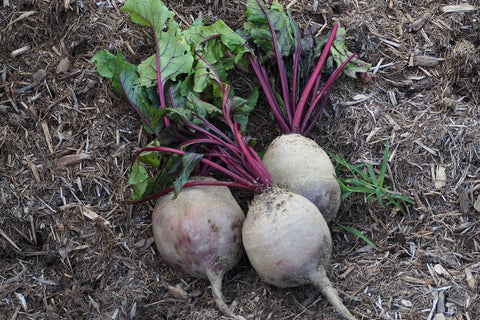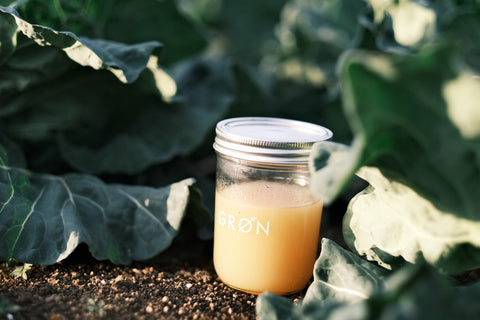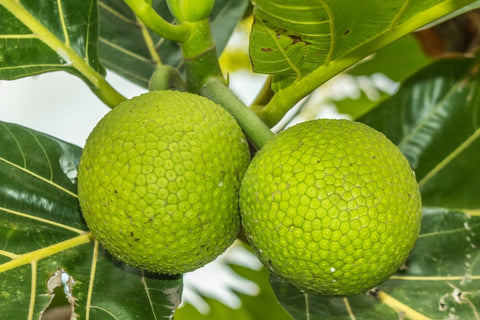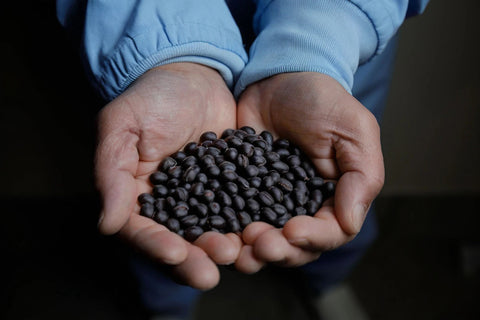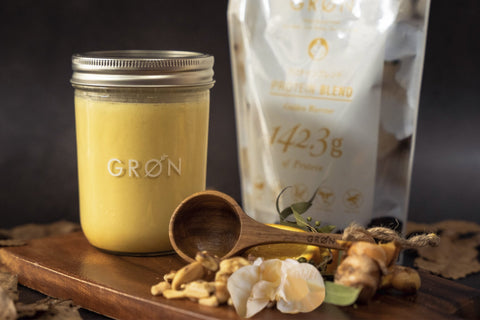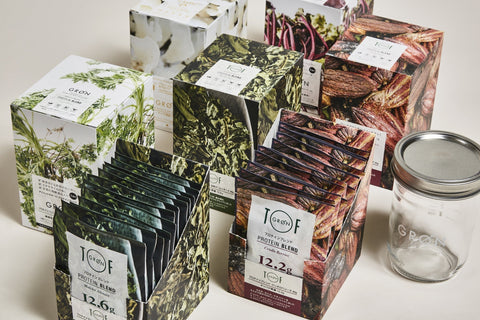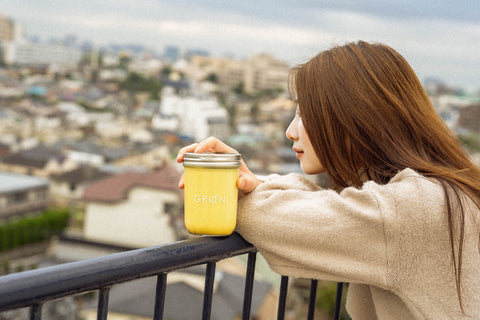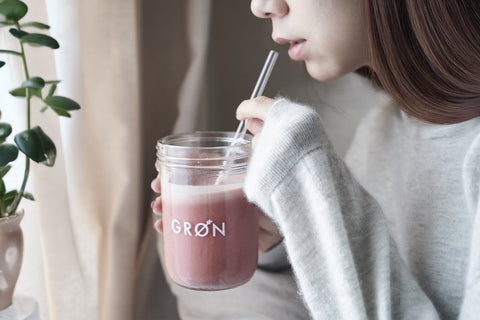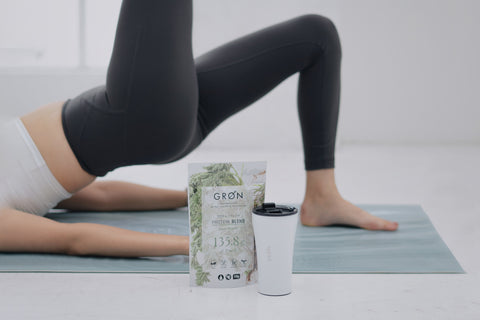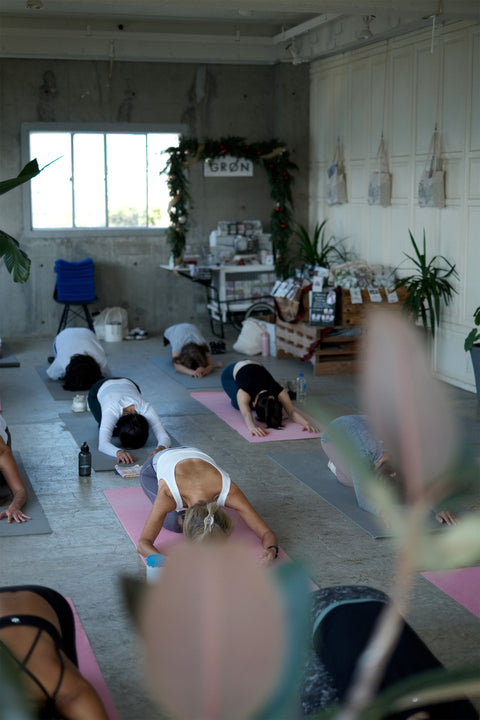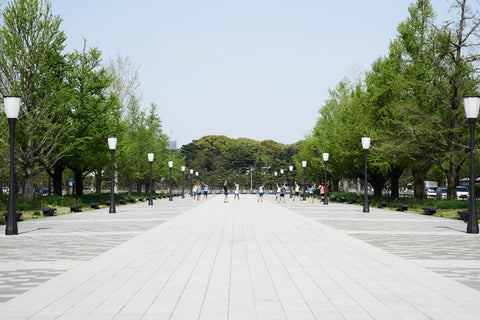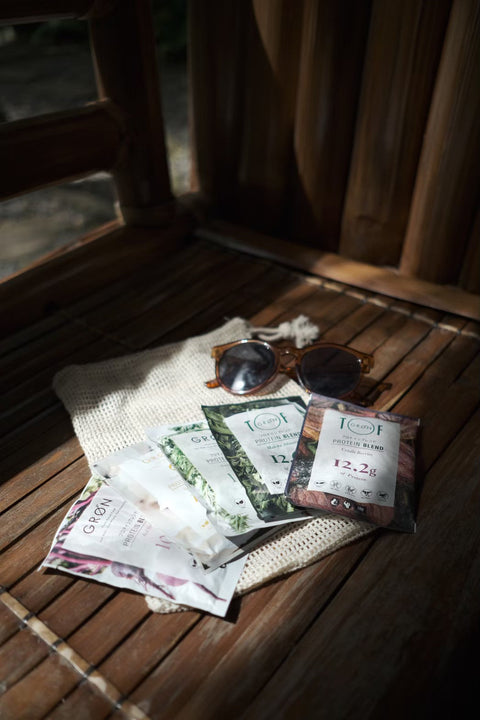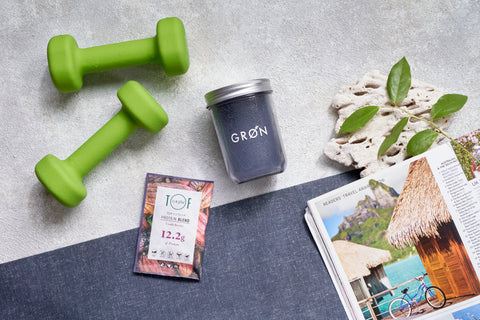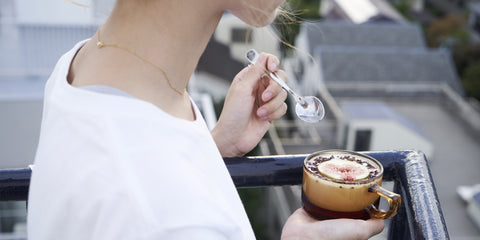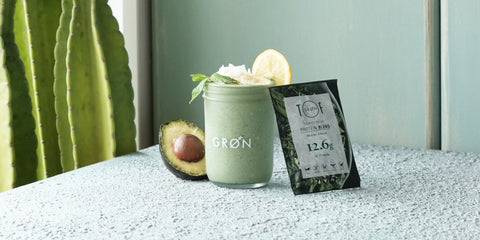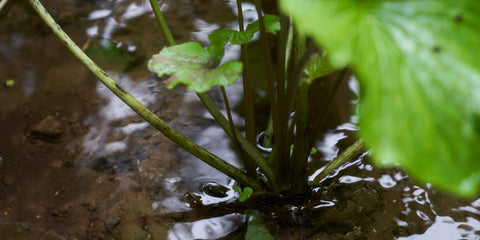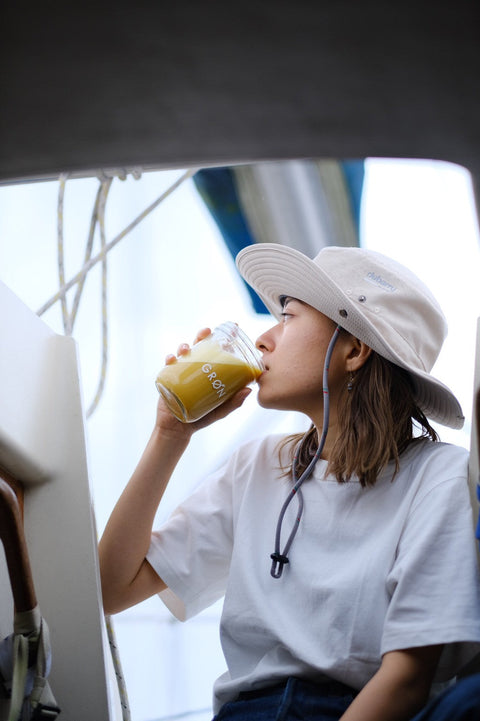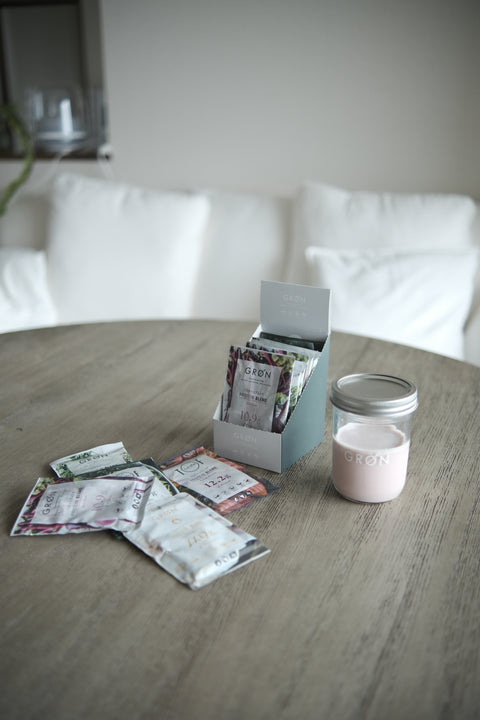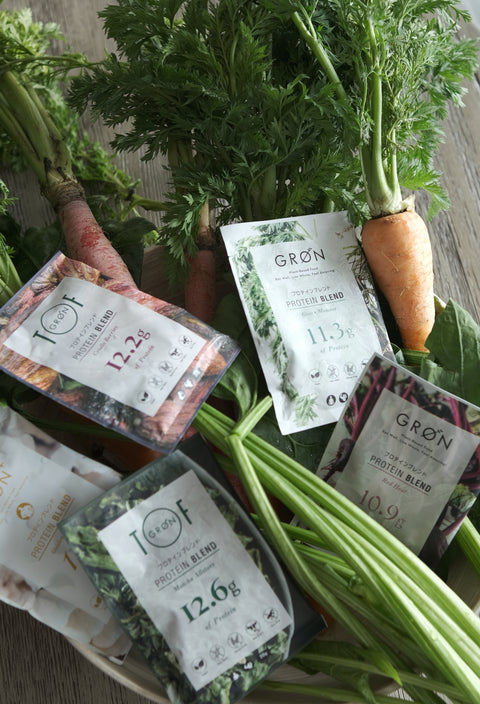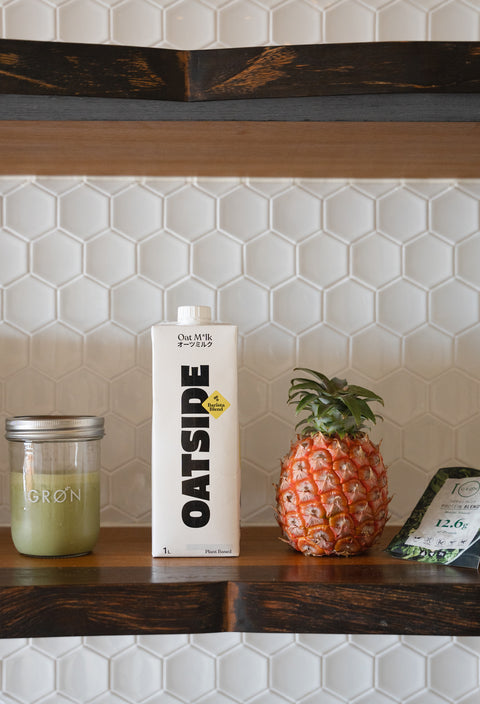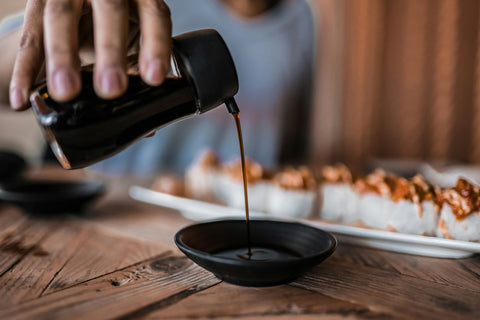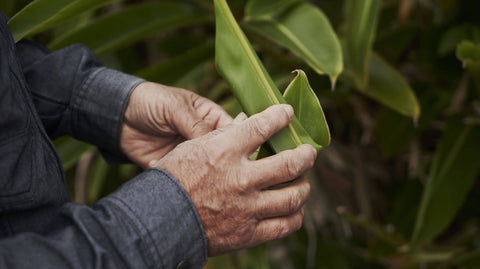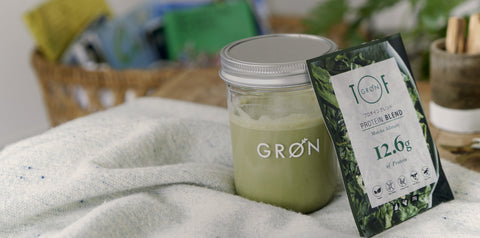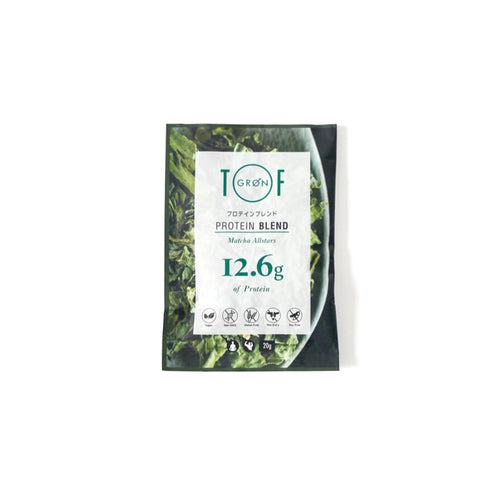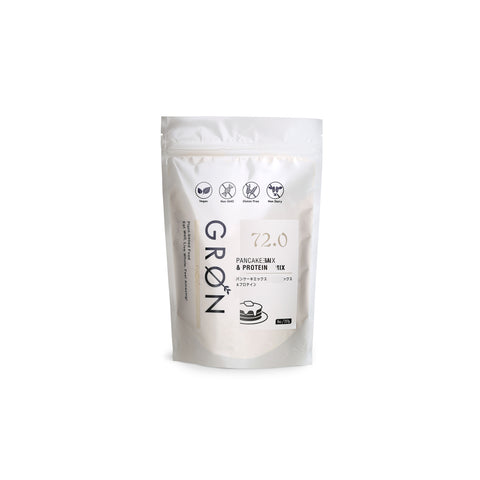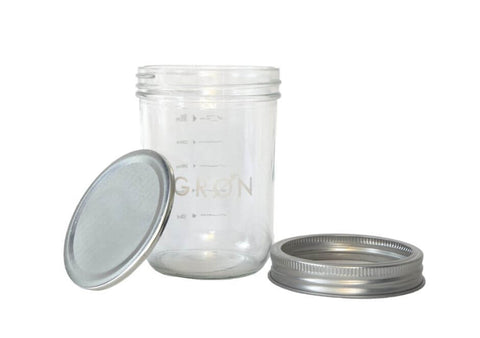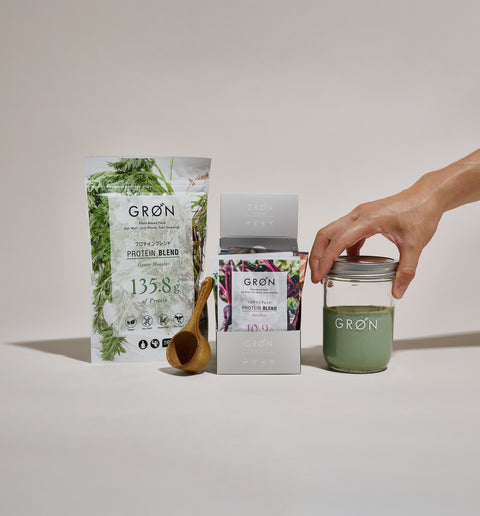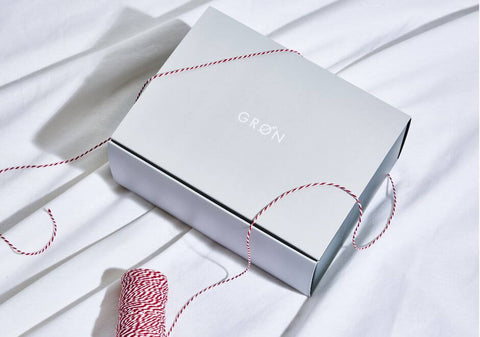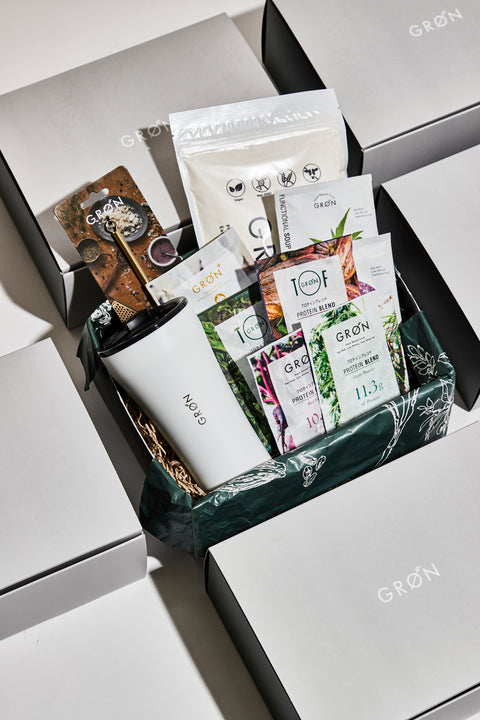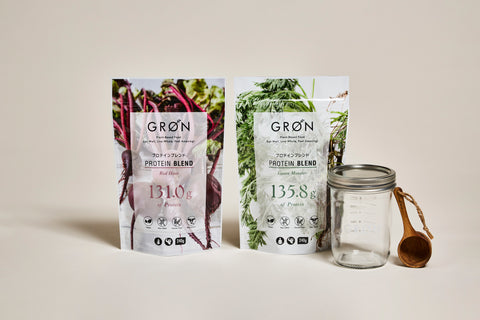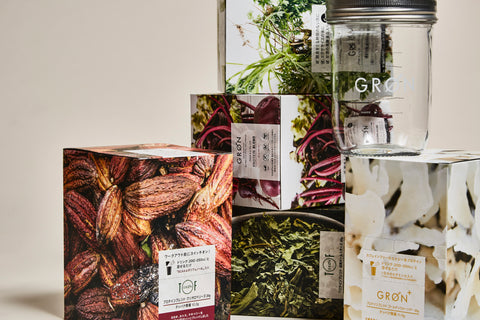About Oriental Medicine (Chinese Medicine Edition) ~ Nutritionist's Column Vol.53
The cold is getting worse these days.
In winter, the body is prone to getting cold and the air is dry, which causes the mucous membranes of the nose and throat, which act as natural immunity, to dry out, resulting in annual epidemics of colds and other infectious diseases.
In this environment, traditional Chinese medicine such as "Kampo" that creates bodies and minds that can withstand illness is attracting attention.
What is Oriental Medicine?
Oriental medicine has a history of developing as a traditional treatment method in the East for over thousands of years.
While Western medicine aims to treat illnesses and injuries, Eastern medicine treats illnesses and symptoms from the perspective of the whole body, and aims to identify and eliminate the cause.
In traditional Chinese medicine, treatment is determined by examining the entire body, not just the affected area.
Treatment involves the use of herbal medicines, Chinese medicine, acupuncture, and moxibustion.
In traditional Chinese medicine, a healthy state is one in which the three elements called "qi," "blood," and "water" are in balance and circulating normally within the body.

The three elements: "Ki" "Blood" and "Water"
The three important elements, "ki" (energy), "blood" (blood), and "water" refer to the following:
"Ki" - the energy needed to carry out life activities
"Blood"...Blood
"Water" - body fluids and secretions
It is believed that physical ailments are caused by an imbalance of these three, and regulating the functions of the five organs - liver, heart, spleen, lungs, and kidneys - is important for recovery.

About Chinese medicine
Oriental medicine around the world has a wide variety of traditional medicines and a history of supporting people's health.
Among these, Chinese medicine (traditional Chinese medicine), Ayurveda (classical Indian medicine), and Unani medicine (Arabic-Islamic medicine) are known as the three major traditional medical systems.
Among these, a wide range of Chinese medicine, including traditional Chinese medicine (Kampo), medicinal foods, Tuina, Qigong, and Tai Chi, was introduced to Japan, and "Kampo" was born as a uniquely Japanese prescription.
"Kampo" refers to medicine that includes acupuncture, moxibustion, and dietary therapy, and in principle, "Kampo medicine" refers to a combination of two or more types of medicinal herbs in amounts determined based on the theory of Kampo medicine.
The raw materials are derived from a variety of sources, including plant flowers, fruits, seeds, roots, stems, bark, leaves (the parts used vary depending on the plant), fungi, minerals, and insects.
There are over 200 types of herbal medicines, made by combining the medicinal plants, animals, minerals, etc. mentioned above.
Below are some of the main herbal medicines:

Main herbal medicines
Peach Jin...
The core of a peach is removed and dried in the sun.
It is said to improve blood flow and regulate menstrual cycles, and is particularly effective for women's ailments.
Kudzu root...
It is the root of kudzu, a traditional Japanese plant that has been used as food and medicinal herb since ancient times.
Kudzu is rich in isoflavones and saponins, and is said to be effective in preventing and improving menopausal symptoms and improving blood flow.
Large date...
Dried ripe jujube fruit.
It is rich in minerals such as potassium, B vitamins such as folic acid, dietary fiber, and saponins, and is expected to have a wide range of effects, including warming the body, being nourishing and invigorating, and preventing high blood pressure.
peony···
A plant that resembles a peony flower.
It has long been used as a herbal medicine for gynecological diseases. It is expected to improve blood flow and relieve stiff shoulders.
Angelica...
The roots are used medicinally.
It works on a number of symptoms including cold hands and feet, anemia, and normalizing menstruation, and is widely used in gynecological herbal medicines.
Dried tangerine peel...
The outer skin of a mandarin orange is dried in the shade.
It is expected to improve cold symptoms, improve poor circulation, regulate the stomach and intestines, and have a relaxing effect.

Nara, a treasure trove of herbal medicines
Among the many different types of medicinal herbs, Nara Prefecture, home to Japan's oldest imperial court, has had a deep connection with medicinal herbs since ancient times.
According to the Yamato-shi, the counties of southern Yamato, such as Uda, Takaichi, Uchi, and Yoshino, produce rehmannia, angelica, ginseng, and rhubarb.
A medicinal herb that is currently attracting attention in Nara Prefecture, an excellent production area, is Yamato Angelica.
Because this Angelica is of extremely high quality and difficult to cultivate, it was only cultivated in a small area on the border between Nara and Wakayama prefectures, but efforts are currently being made to expand its cultivation.
Although Angelica is primarily used for its roots, its leaves are also known to be rich in vitamins, minerals and other nutritional components, and are said to be particularly rich in vitamin E, which is effective for beauty and health.
The leaves have a sweet aroma similar to matcha or celery, and are widely used in salads, tempura, dressings, and other dishes.
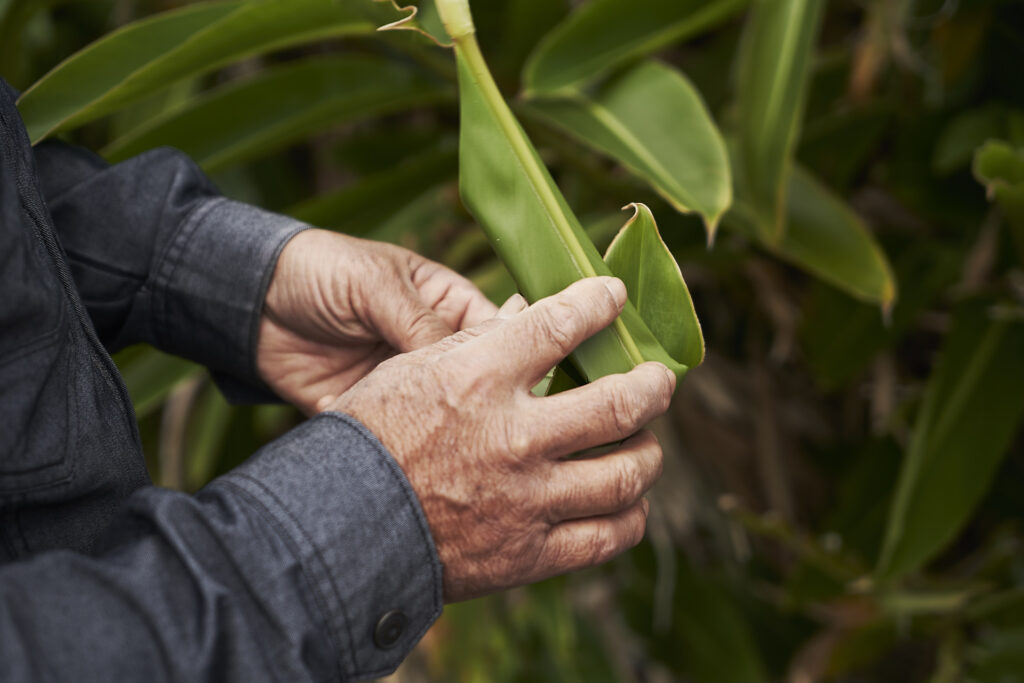
Chinese herbal medicine works not only on the area that is not feeling well, but on the whole body, restoring balance and creating a healthy body.
Since ancient times, people have supported their health by effectively utilizing the power of plants such as medicinal herbs and natural medicines to improve their physical condition.
As modern people who lead busy lives, we often suffer from a variety of physical and mental problems, such as feeling unwell or feeling down due to stress.
The key to solving these problems may lie in herbal medicine.
For those who find it difficult to drink, there are also blended teas available, so why not get some counselling from an institution that prescribes Chinese herbal medicines and try out the herbal medicine that suits you?
——————————————————
Nutritionist, Food Education Instructor, Food 6th Industrialization Producer Level 4
Ayako Ishihara
A nutritional advisor in the healthcare field and an agribusiness professional.
She is involved in a variety of activities specializing in the fields of beauty and health, including giving lectures to Miss World Japan candidates.
With the philosophy of "enriching the mind and body through food and realizing a vibrant society where people and communities are connected," he founded i-Field Co., Ltd. in 2013 and serves as its representative.
He is a core member of the food team for "DINING OUT," which opens outdoor restaurants in various regions, and also participates in fashion brand projects.
She is also involved in the promotion of local ingredients, product development and production specializing in "health" and "beauty," branding, concept design, food hygiene, sales promotion, training planning and management, etc. She is in charge of nutritional supervision for GRØN's product development, proposing ways to incorporate them more effectively into consumer health.
——————————————————






